It was ten years ago, 2013, when Cartoon Network debuted Rick and Morty on Adult Swim. The brainchild of Justin Rolland, whose cartoon was basically a nihilistic Back to the Future until Dan Harmon and company arrived, Rick and Morty would grow quickly from cult animation to mainstream media gold. Despite the controversies surrounding the show past and MOST DEFINITELY in the present, it’s unsurprising that writers from this show have bled out across the entertainment sector and found work at other networks or studios.
And now here we stand, lost amidst a psychedelic goo forest looking for some solid ground to stand on. So let’s hop in our ship, the Deus Ex Machina, and travel across every single possible way this could end up as we find out why we’re stuck in the Multiverse Muck.
The Zero Point: Alternate History is Born

It was 1962, and Science Fiction author Philip K. Dick just released his classic novel, The Man in the High Castle. It takes place in an alternate 1962, fifteen years after the Axis Powers have won World War II and divided up the United States into an Eastern and Western block. We won’t be going too hard into this novel, but there are some key things to remember from here on out before we zoom forward.
One, that would continue to be a part of Philip K. Dick’s motifs, is this idea that we can play with reality and history to create new worlds or make it hard for our characters to figure out what’s the truth. This, in no small part, was due to the author’s continued and heroic battle to understand his own reality as he battled schizophrenia. Two, no one had really made an Alternate History novel before Dick. He basically invented a subgenre of Science Fiction and Fantasy with The Man in the High Castle and that’s no small feat.
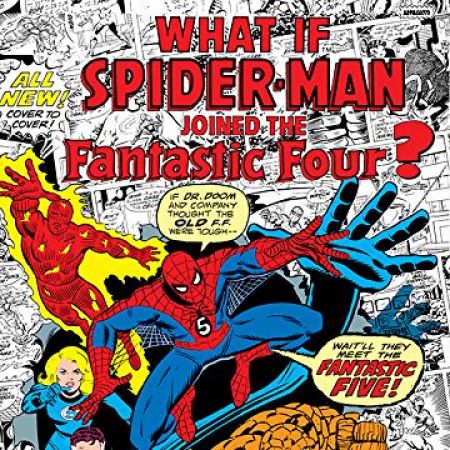
Finally, and this is super important, a bunch of artists would take this concept all over the place. Marvel had its own Alternate History comics, like Marvel’s What If… series where The Punisher is Captain America or Ghost Rider is also The Hulk. Marvel’s Zombies also comes from this genre, where all of the Marvel universe’s heroes and villains are taken over by a superpowered zombie virus. They even find a way to travel to other universes to consume life later in the series.
This is where we also get modern cult classics like Pride and Prejudice and Zombies as well as Abraham Lincoln: Vampire Hunter. Both of these works were adapted and released during the height of another quite incredible fad in popular media: ZOMBIES!
Knee Deep in the Dead: The 2000’s Zombie Craze
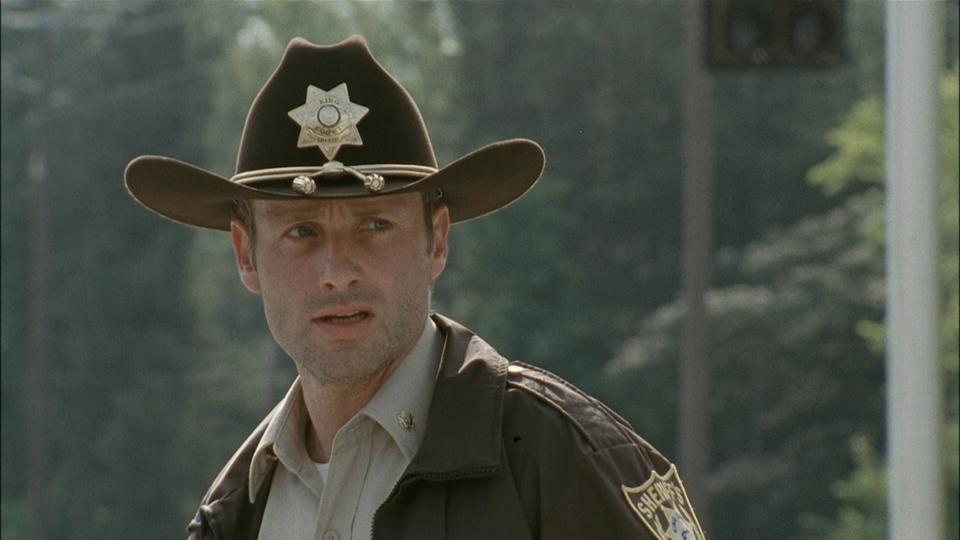
A sheriff with a big cowboy hat and a nickel-plated revolver walks slowly and quietly through a traffic jam of rotting cars. Bags are strewn across the abandoned highway, bullet holes create piles of cracked windows and broken glass. And in the middle of it all, a little girl is standing and holding a stuffed animal.
The sheriff tries to get the girl’s attention to see if she’s okay. She turns to reveal a rotted face and our hero’s face sinks. He has to kill another zombie, but this time it’s a little girl. He reluctantly does it, swallows some sadness, steels himself, and makes his way towards what he hopes is a camp where his wife and son might still be alive.
This is the opening of The Walking Dead, the show that, along with Breaking Bad and Mad Men, would make AMC one of the hottest networks on cable. All three shows helped to usher in what many consider to be The Golden Age of Television Dramas. It not only gave television stars a real shot at transitioning to film, but The Walking Dead in particular gave credence to genre properties being given more critical attention and careful adaptation. Game of Thrones would come soon after, but this is where we start to see more of the fad develop.
Game of Thrones wasn’t necessarily marketed as The Lord of the Rings on television. The original marketing was actually “The Wire in a fantasy world” since HBO had just recently ended said show after five seasons. In many ways, The Wire is still the best writing television has ever seen, and HBO wanted to make it known that it was they, not AMC, who were the top dogs of TV
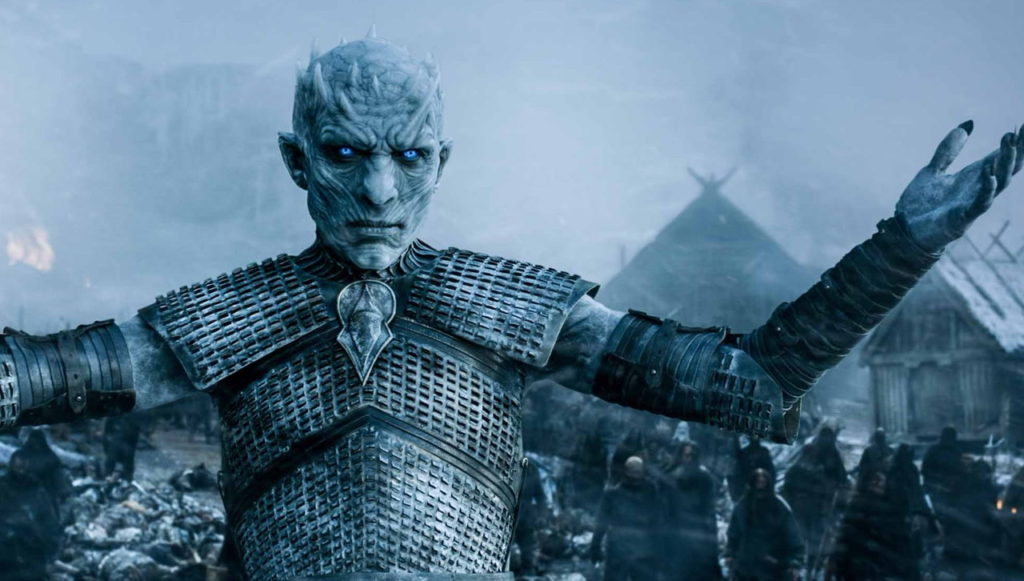
We were knee deep in the dead by the time Game of Thrones arrived, and by then we were basically zombie-d out. The Walking Dead gave way to a Romero Resurgence, and evolutions of the undead to create variety within the space. 28 Days Later and Rec both took the virus and dialed the infected up to 88 miles per hour, making them as fast as Usain Bolt.
World War Z, specifically the novel by Max Brooks, gave us a dramedy-styled mockumentary about the War against the dead. World War Z the movie gave us piles of speeding undead and Brad Pitt drinking a much-needed Pepsi after watching zombies click their teeth. The Resident Evil adaptations did…things with the franchise it adapted, as well a horde of straight-to-streaming duds that just kept coming. And of course there’s Fear The Walking Dead, the prequel no one asked for to The Walking Dead. Oh, and Talking Dead, the after show talk show about The Walking Dead. Give me a second, I just got dizzy.
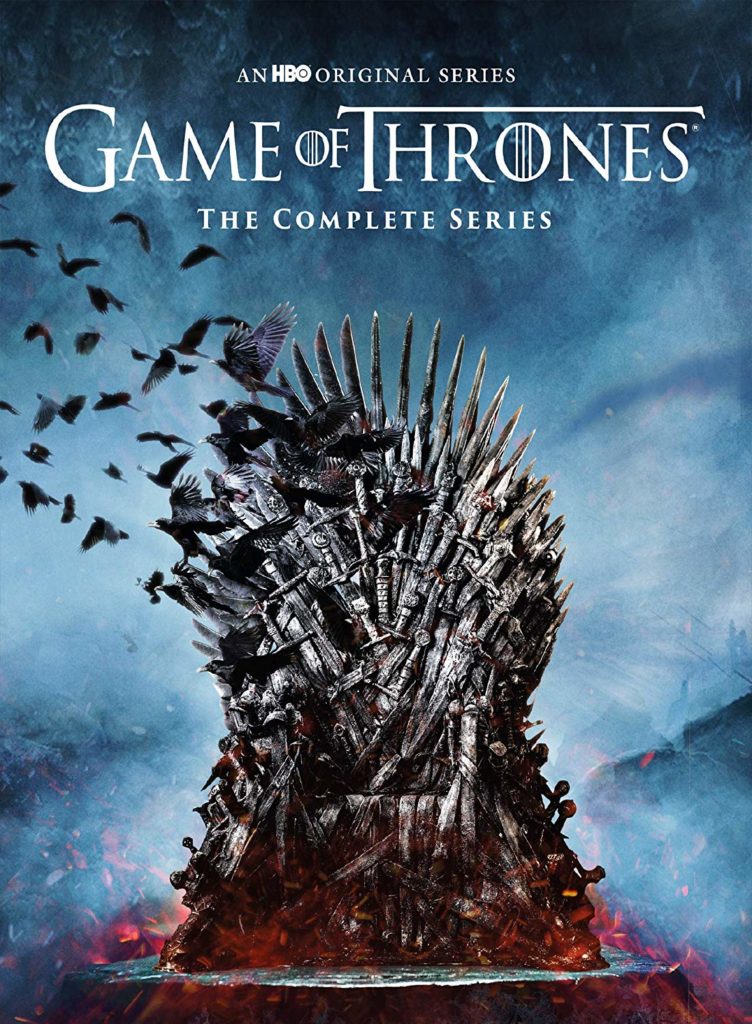
Unlike all of those other properties, Game of Thrones also had dragons and magic and gods, so they weren’t completely tied to the zombie concept. They could leave it alone and tease it here and there during a season and wait until the time was right to bring back The White Walkers when we really needed them.
That wait was not worth it though. Good grief. Just thinking about that finale makes me cold and dead inside.
The Walking Dead, somehow, lives on completely divorced from its source material. Even Robert Kirkman, the creator of the comics, effectively killed his own series out of the blue and just ended it as shockingly as he ended any other character he created. Yet, the show lives on. AMC has announced that it, too, will end soon. The end of the zombie craze seems to have come.
But while droves of the public complained about zombie fatigue, the entertainment business was already looking for that next fad they could mine for all it was worth. Zombies were just another fad that was in a long line of wells sucked dry. Before the undead, it was the fad of questioning reality brought on by The Matrix, and before that it was body horror, and before that it was slasher flicks, and before that it was B-Movie Monster flicks for drive-ins, and before that, it was westerns.
What I’m saying is that it’s a pattern of behavior. It isn’t as much trying to find creative projects to finance as much as it is trying to find a gold vein or oil well out west. Once we find it, we bleed it dry and make all the money hand over fist while we find the next well. And out of all the prospectors out in Hollywood, it would be Kevin Feige and Marvel who struck gold.
Waiting for Superman: The 2000s Comic Book Craze

Happening concurrently to zombies was the multimedia powerhouse of Marvel and Disney. The Marvel Cinematic Universe, conceived by Kevin Feige, the Russo Brothers, and company, was in full swing and proved to everyone that yes, you COULD turn movies into appointment television. It was Harry Potter and Lord of The Rings on steroids and pixie sticks as families were obligated to go see every Marvel film released, or suffer the social consequences. How could you go on social media? How could you talk to anyone? Don’t turn on the radio, don’t read the news, don’t look at anything until you see that movie!
You. Will. Destroy. The experience.
That was the crux of it and still very much is. And if you missed a movie, you wouldn’t get that one or two line reference to the film everyone else laughed at. Now who’s the plebian? You, in seat H3, stress-eating a small popcorn to hide your shame. Sure, you understood the plot without that film, but that’s not the point, is it?
It prompted other studios to do their own takes and their own universes, creating sides in a cinema war between the popcorn fun of the MCU, the darker take in the DCEU, or trying singular trilogies, like The Dark Knight trilogy, and more. A practice some studios were used to doing in the early 2000s with Sony and Sam Raimi’s Spider-Man trilogy or 20th Century Fox’s take on X-Men throughout the last 20 years.
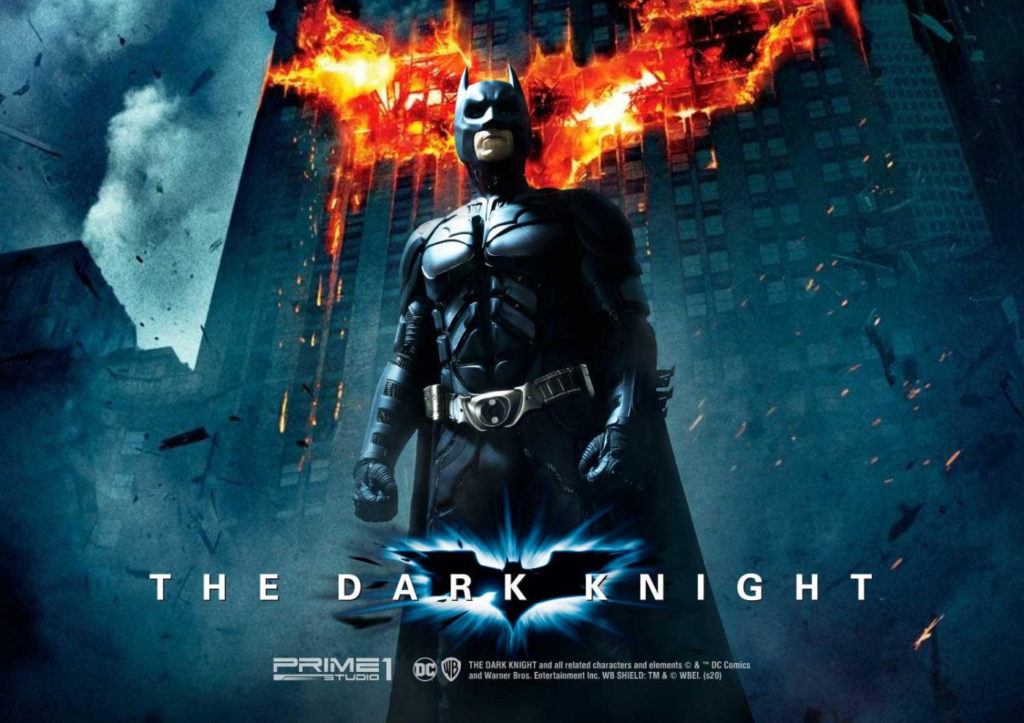
And that got people in seats. In many ways, it still does, despite reviews and audience scores dropping. It’s how Jonathan Majors, who plays Kang in EVERYTHING, and Jeff Loveness, the mastermind behind the MCU Multiverse breaking down and blending together, can literally lambast the fans and still make millions of dollars.
It’s what happened to The Last Jedi, still considered to be the most divisive film of the Star Wars franchise. The infamous quote Mark Hamill was forced to say over and over again by Rian Johnson: “It’s not about the fans.” Except there, they assumed everyone would see it because it was Star Wars. That’s not necessarily the case.
But the MCU? That’s a whole other level. Would you go into the office on Monday without being able to talk about Walking Dead, Game of Thrones, The Office or one of a plethora of other shows from the last Golden Age of TV? Not unless you wanted Ken to give you crap about having to catch up again. And if you have kids, you have to take them. Everyone at school will spoil the film!
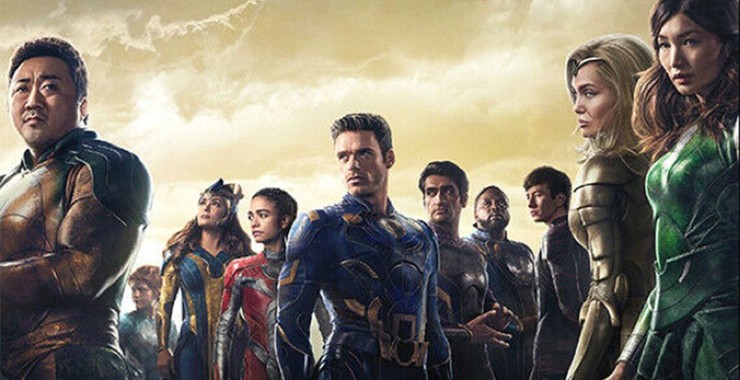
Yet, Kevin Feige and The Russo Brothers knew that things would shift after Avengers: Endgame. This Phase of the MCU has been wrought with rogue timelines as it tries to find its footing. We had The Eternals teasing big bad Titans, along with the Guardians of the Galaxy roller coaster at Disney’s Epcot Center. We had Wandavision and Doctor Strange: In the Multiverse of Madness tease Scarlet Witch as our next big bad, and now Loki and Ant-Man and The Wasp: Quantumania teasing Kang the Conqueror and The Council of Kangs as our next big bad.
How many bad guys do we need?! We now have hundreds of the same guy and most of them are dangerous psychopaths! And that’s just Loki. It’s a mess. Or…is it all going according to plan? No, it’s just a mess, but that doesn’t matter! Not if it’s a Multiverse of Possibilities! It seems our next Prospector, Dan Harmon, hit a bigger vein than he thought.
Oh God, Rick, Oh Geez: The Multiverse is Released

It was 2004, and Dan Harmon was yet again throwing his monthly non-profit film festival, Channel 101. It had been around for around a year at that point, and Justin Rolland started submitting animation. The crux of Channel 101 was that anyone could submit a pilot that would be judged by a live audience. Rolland lived and died by shock humor, which would usually disgust or confuse the crowd more than make them roll over laughing. However, Harmon found that to be hilarious.
They started to collaborate around 2006 and by 2008, Dan Harmon was working on Community on NBC while Justin Rolland was providing voiceover work for Adventure Time on Cartoon Network. By 2012, when Harmon was having “creative differences” with NBC, he approached his now fairly close friend Rolland on collaborating and doing a project on Cartoon Network.
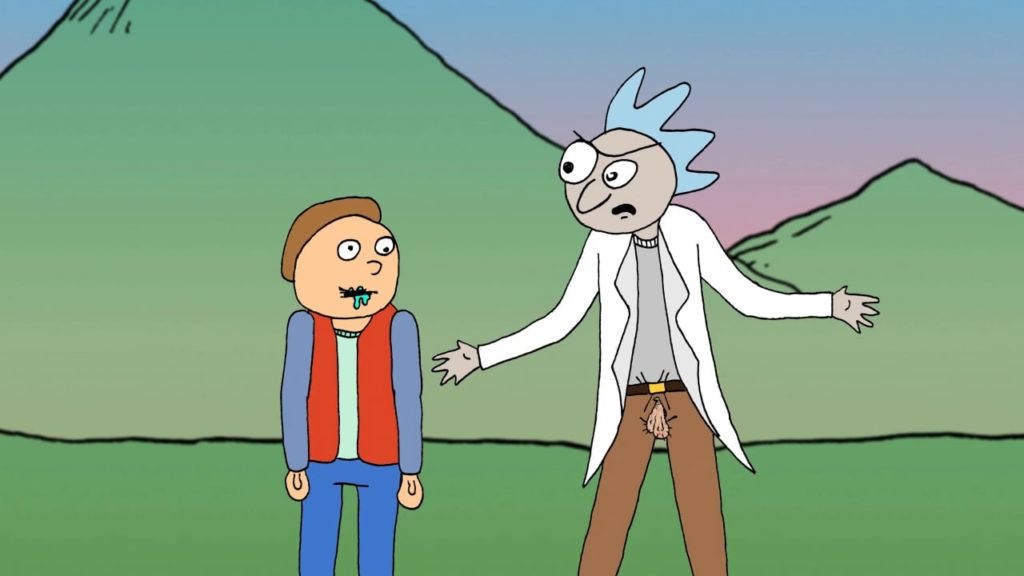
The show’s pilot was based on a short film Justin Rolland had submitted to Channel 101, The Real Animated Adventures of Doc and Mharti. It was a dark, nihilistic, sexually violent take on Back to the Future that Dan Harmon heavily modified into what we know today. As we have come to find out about Justin Rolland, there were many red flags in his initial drafts. Behind-the-scenes, especially during season 2 of Rick and Morty, Rolland’s drinking, drug use, and anti-social personality led him to isolate himself from the team, ignore meetings, and eventually hold a woman hostage in his apartment and caused her extreme injury.
During this horrific time at the beginning of the pandemic no less, writers from Rick and Morty started leaving the show both from frustration and disgust. One of them was a steady working writer since 2011, a writer from Jimmy Kimmel Live from 2011 to 2016, and a writer on the 2017 Emmys, who joined Rick and Morty in 2019: Jeff Loveness. And this is super important.
Because Jeff Loveness has as much power as the Russo Brothers did at Marvel. And it’s all thanks to Rick and Morty.

By his history, Loveness is very much an industry writer and has honed his craft in writer’s rooms. Coming from Rick and Morty, which in turn was already inspired by other Multiverse-traversing fiction like Marvel’s What If… series, it was easy to turn it back on itself at Marvel Studios. And it’s key that the Multiverse is where we’re going, because that’s what Rick and Morty really released into pop culture. Because now, the public has shown the Studio C-Suite that they’re willing to buy an entire Council of Ricks in Funko Pop figure form if they have different haircuts and personalities.
It wouldn’t be difficult for Jeff Loveness to convince Kevin Feige, or vice versa, that this was the real way to go in the MCU. Because if something fails, it’s a one-off fluke. Maybe, in a few years, it becomes a cult favorite that you can revisit or have an actor come back as a cameo, not unlike Andrew Garfield redeeming his take on Peter Parker in Spider-Man: No Way Home.
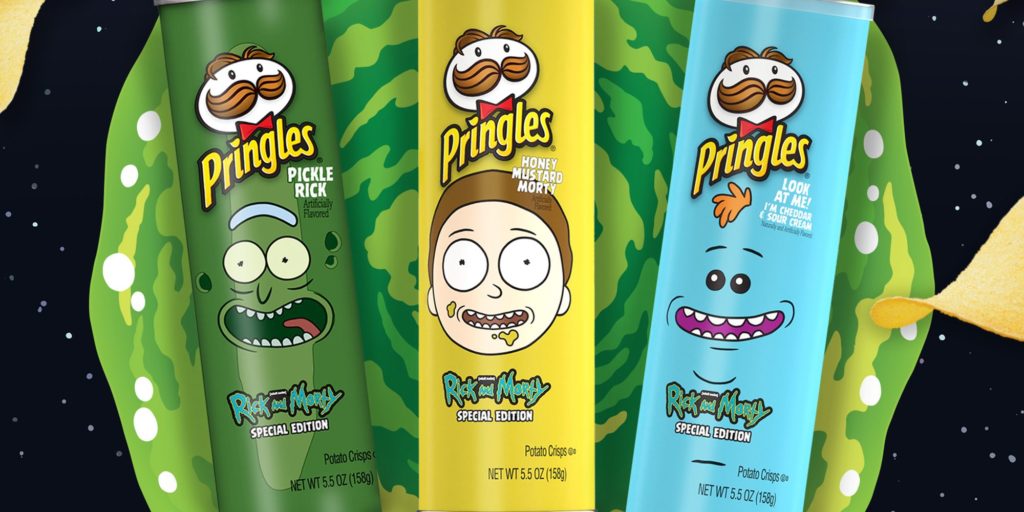
Pickle Rick is on T-Shirts. A mechanized pickle with a face that everyone knows is Rick from Rick and Morty as a pickle. How is that any different than Gator Loki or Bowsette taking over the internet? They’re all multiverse variants and have their personal, culty echo chambers of fandom to exploit on TikTok. They already introduced the Council of Kangs! MODOK is even more of a joke in the MCU than he was in the comics and no one is apologetic on any takes or adaptations because, now, the films are their OWN universe.
What’s stopping Loveness from making that Council as ridiculous as The Council of Ricks. What’s stopping him from making it a complete riff the entire time? No one. Which, in the end, is the Oroboros finally completing the eating of its tail. For we lambasted studios for their own takes on characters, and now we yell at them to shut up and take our money so we can find out if we like it or not without spoilers.
Don’t you see? You, the fan, are just misunderstanding their creative outlet. And this is their take on it. Isn’t that what you wanted? Didn’t you want to see Captain Britain and Captain Marvel fight Scarlet Witch with Anakin Skywalker on the back of the Iron Giant? Haven’t you played Dungeons and Dragons?! Nothing is true, everything is permitted. EVERYTHING IS A SIMULATION!
So let’s boot up that Matrix loading area and check out what next.
The White Room: Where do we go from here?
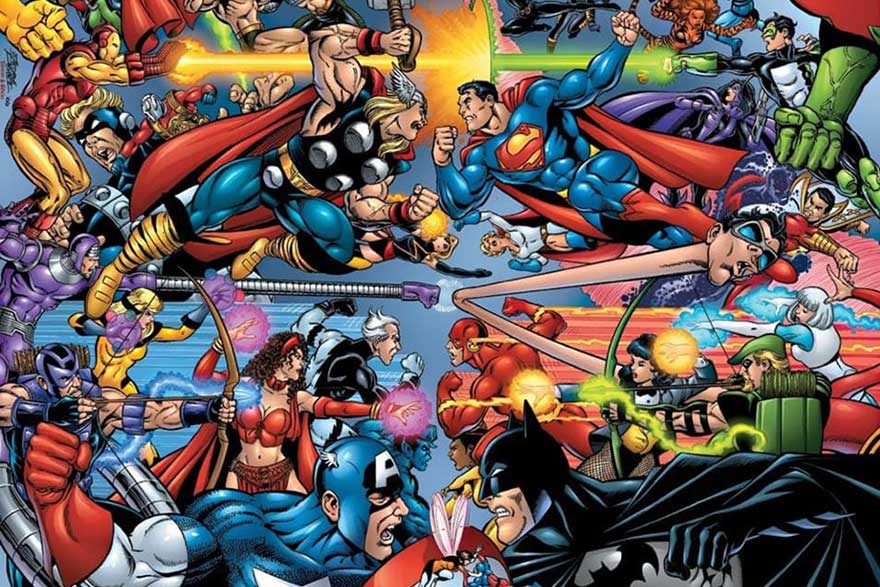
All of this will not end well. Some, if not most, casual Marvel fans have already forgotten Eternals. Wandavision and Loki have set up some interesting throughlines that we can bounce between, but where everything lands remains to be seen. Is it Kang? House of M and the X-Men? Is Galactus coming out of nowhere with the Fantastic Four? We’re stuck in this amorphous blob of multiverse clay. And it’s easy to just say, “make this character show up” or “make this portal open and here’s Spider-Man.” It’s harder to connect all this stuff later down the line.
You end up sacrificing long term payoff for short term gain at the box office. The multiverse allows for the flexibility to be reactionary, especially if there are one or two elements that really worked in a particular film. While Feige and company saw promise and profit in the speculative story sector that is the Multiverse, audiences have found either confusion or disappointment that it isn’t what they would have done.
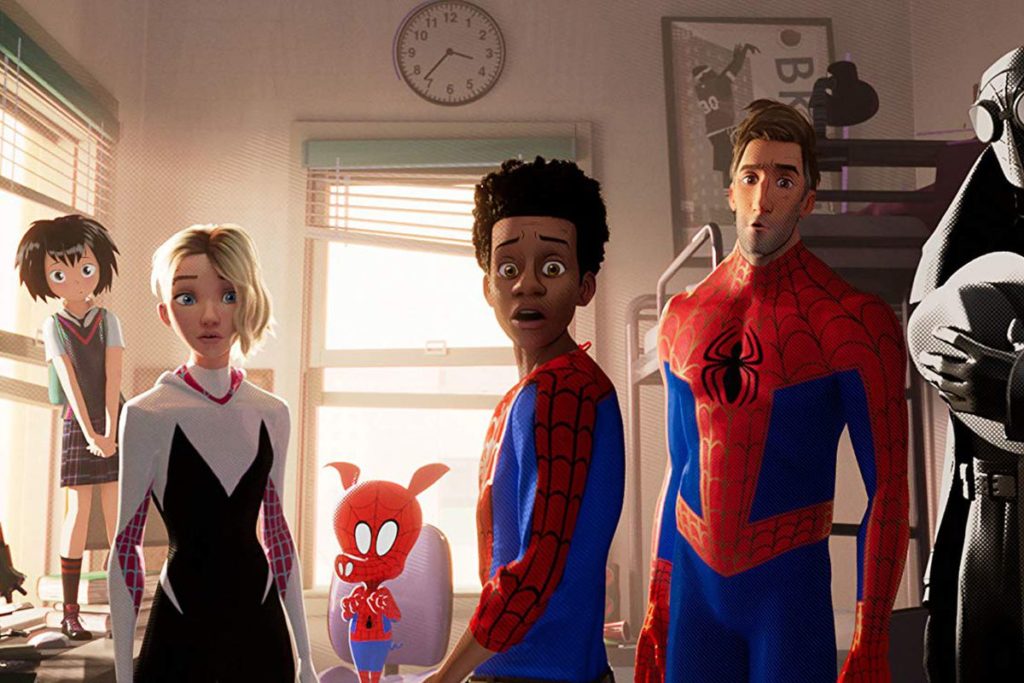
And this is, essentially, borderline fan-fiction versions of characters becoming canon in a particular movie. Take for example Spider-Man: Across the Spider Verse coming out later this year. The first film, Spider-Man: Into the Spider Verse saw various takes on Spider-Man coming into Miles Morales’s dimension. What we find in the upcoming sequel is that he has to travel to even more dimensions to save all of them.
But some fans are upset that their favorite variants, like Spider-Man Noir, are not returning and are making way for more variants. However, not to be outdone, due to the outcry, Spider Noir may or may not be getting his own original series. Which, in turn, others may hate for being fan service for fans of Noir. Also, where is Spider-Punk’s mini series?!. I’m getting dizzy again, one second…
Whatever good comes of this fad, it will be more than likely the refocusing and structuring of popular media. People will be so overwhelmed by variants of properties that, eventually, they’ll just give up altogether. Especially when writers like Jeff Loveness are genuinely unapologetic on their takes on characters, or when the actors themselves do the same.

The Flash from the DCU is supposed to usher in its own multiverse, but those who know the Flashpoint storyline from the comics know that this is actually to set up a concise, new universe that is streamlined. This is the story that created The New 52 at DC Comics. We’ll be getting younger, newer takes on our classic heroes that have consistent takes across media. James Gunn has said as much. It’s in direct response to the multiverse. While DC has its Black Label, it has always kept more serious and darker takes separate from other films. The multiverse will be minimal, cellular and one-off academy films.
And Disney may already be seeing that backlash happening, as newly reinstated CEO Bob Iger has pulled back on Marvel properties at both Disney+ and in theaters while the company reassesses its strategy. They will restructure and reform themselves the way they were able to with Star Wars, but that takes time.
But we have Miles of Multiverses to traverse before we sleep. Those in their final stages of metamorphosis are coming to fruition just in time for the fad to die down outside of DC and Marvel’s continuing blood feed. The draw? One has a constantly changing multiverse to appease every whim and fan service desire. The other? A (supposedly) consistent arc over a decade making the New 52 its own kind of Infinity Saga.
But the monster has been released onto the masses. The Pandora’s Box of Possibilities is an infinite whirlpool that promises both the way to untold riches and the loss of countless millions all at once. Nothing is true, everything is permitted. It’s Multiverses all the way down.

Buckle up (burp) party pee-(belch)-pull, we’re going for a ride.



